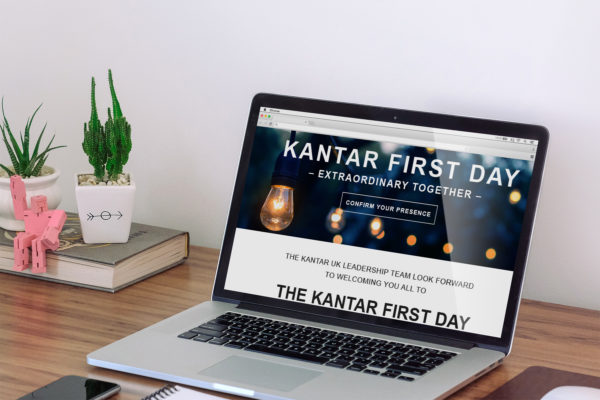
The art of engagement
Why employee engagement is so important for your business.
Tell me and I'll forget. Show me and I may remember. Involve me and I learn.
Employee engagement is difficult to define. Some see engagement as a state of mind among employees; others see it as being about the actions of employees. The widely recognised MacLeod report – Engaging for Success – incorporates both aspects and defines it as:
“A workplace approach designed to ensure that employees are committed to their organisation’s goals and values, motivated to contribute to organisational success, and are able at the same time to enhance their own sense of well-being.”
MacLeod and Clarke, 2009
Why is employee engagement important to your business?
It has been proven that there is a clear correlation between engagement and performance, and more importantly, between improving engagement and improving performance.
There are other benefits as well, including higher levels of innovation, greater employee advocacy, fewer sick days, improved employee well-being and increased staff retention.
Engaged employees...
• Generate 43% more revenue (Hay Group)
• Take 56% fewer sick days (Gallup)
• Are 87% less likely to leave (Corporate Leadership Council)
• 59% of engaged employees say “work brings out their most creative ideas” – only 3% of disengaged agree (Gallup)
• Every engaged employee delivers £8,500 more to the bottom line (Gallup)

How can live events increase employee engagement?
The MacLeod report identified four key enablers: strategic narrative, engaging managers, employee voice and integrity. Live events, if designed and delivered correctly, give employers the ability to set out the goals, vision and values of their business. They can be a used as a training tool for improving the management team. They provide an opportunity for employees to have face time with the senior leaders and managers and they should be a two-way conversation between employee and employer. The audience should leave the event inspired, energised motivated, proud, informed, knowledgeable, entertained, happy, engaged and most importantly, effective.

But it’s not just about the event day. Pre-event communications can be used to generate excitement, embed messages and gauge levels of engagement. Digital platforms, such as event apps and microsites can then track the change in behaviours before, during and after the event and the cascade can reinforce the messaging from the day.
Involvement Is Key
Coming back to the opening statement, the key is involvement. At Smart Live we specialise in employee engagement events that are immersive and experiential. We help business bring their strategies and vision to life and we create experiences that celebrate and activate our clients’ culture and values.
Click here to see how we engaged 3,000 employees at a recent event.

